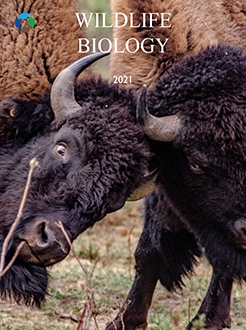Hustai National Park in Mongolia became a refuge for takhi Equus ferus przewalskii, a wild horse native to central Asia, in 1992. Wild takhi became extinct in the wild in the 1960s, although there was a small captive population in European zoos that was used to repopulate Hustai National Park. This park is also inhabited by red deer Cervus elaphus, which may compete with takhi for food. We analyzed the fecal composition and habitat use of takhi and red deer. Takhi mainly foraged on grasses in the steppe, while red deer foraged on grasses and dicots in the forest. The percentage similarity (PS) of foods was 65% in summer and 58% in winter. There does not appear to be competition for food or habitat between these species because both diets and the habitat selection were different. We discuss some management implications and emphasize the importance of integrated management of the refuge.
How to translate text using browser tools
11 February 2021
Diets and habitat selection of takhi and red deer in Hustai National Park, Mongolia
Ayano Ohtsu,
Seiki Takatsuki

Wildlife Biology
Vol. 2021 • No. 1
2021
Vol. 2021 • No. 1
2021
competition
food habits
habitat use
interspecific relation
Particle size
Protein





